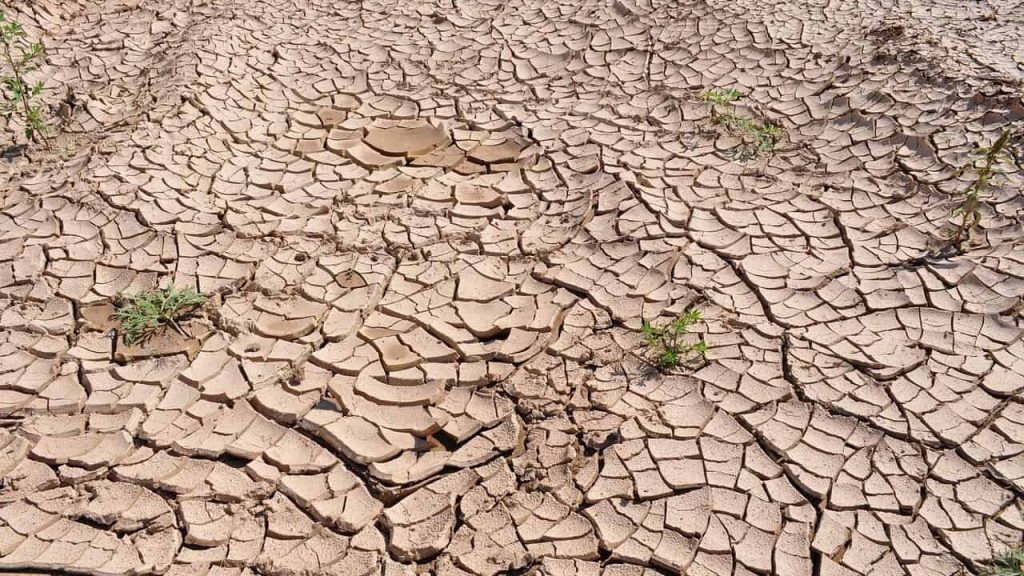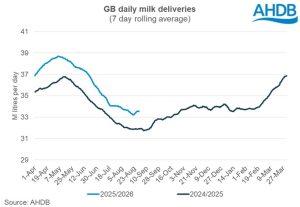
The rapid development of flash droughts are predicted to occur on a global scale, according to a new study carried out by researchers at the University of Oklahoma.
The study, ‘Global projections of flash drought show increased risk in warming climate‘, was published in Nature Communications Earth & Environment.
The study showed that the risk of flash droughts, which are unexpected droughts that can “severely impact agricultural and ecological systems”, are expected to rise globally.
The largest increases are projected across North America and Europe.
Lead author of the study, Jordan Christian, said: “In this study, projected changes in flash drought frequency and cropland risk from flash drought are quantified using global climate model simulations.
“We find that flash drought occurrence is expected to increase globally among all scenarios, with the sharpest increases seen in scenarios with higher radiative forcing and greater fossil fuel usage.”
Europe is expected to have the largest increase in the most extreme emissions scenario explored by researchers (32% to 53%), a 1.7 times increase in annual flash drought risk.
According to the same Coupled Model Intercomparison Project (CMIP6) models, a 1.5 times increase in the annual risk of flash droughts over croplands across North America is predicted by the year 2100, from the baseline of a 32% yearly risk in 2015 to 49% in 2100.
Drought impact
Researchers said the changing climate is expected to increase severe weather events from storms, flash flooding, flash droughts and more.
The impacts of droughts in Europe are being seen currently, with Spain and Portugal recently jointly asking the European Commission to adopt urgent drought measures under the Common Agricultural Policy (CAP) crisis reserve fund.
“As global population increases and the demand for agriculture grows, changes in the frequency of flash drought will further strain food security in the future,” researchers said.
“Indeed, flash drought creates additional challenges by reducing the access to our fundamental needs for food and water on timescales much faster than slower-developing, conventional drought.
“This study reveals agricultural regions across the globe that may be most susceptible to more frequent and intense flash droughts in a changing climate and therefore have the greatest exposure to flash drought impacts to agricultural production.”
Prof. Jeffrey Basara, a co-author of the study, said the research continues to emphasise that agricultural products will face increasing risks associated with water availability die to the “rapid development of drought”.
“As a result, socioeconomic pressures associated with food production, including higher prices and social unrest, will also increase when crop losses occur due to flash drought,” he said.




















